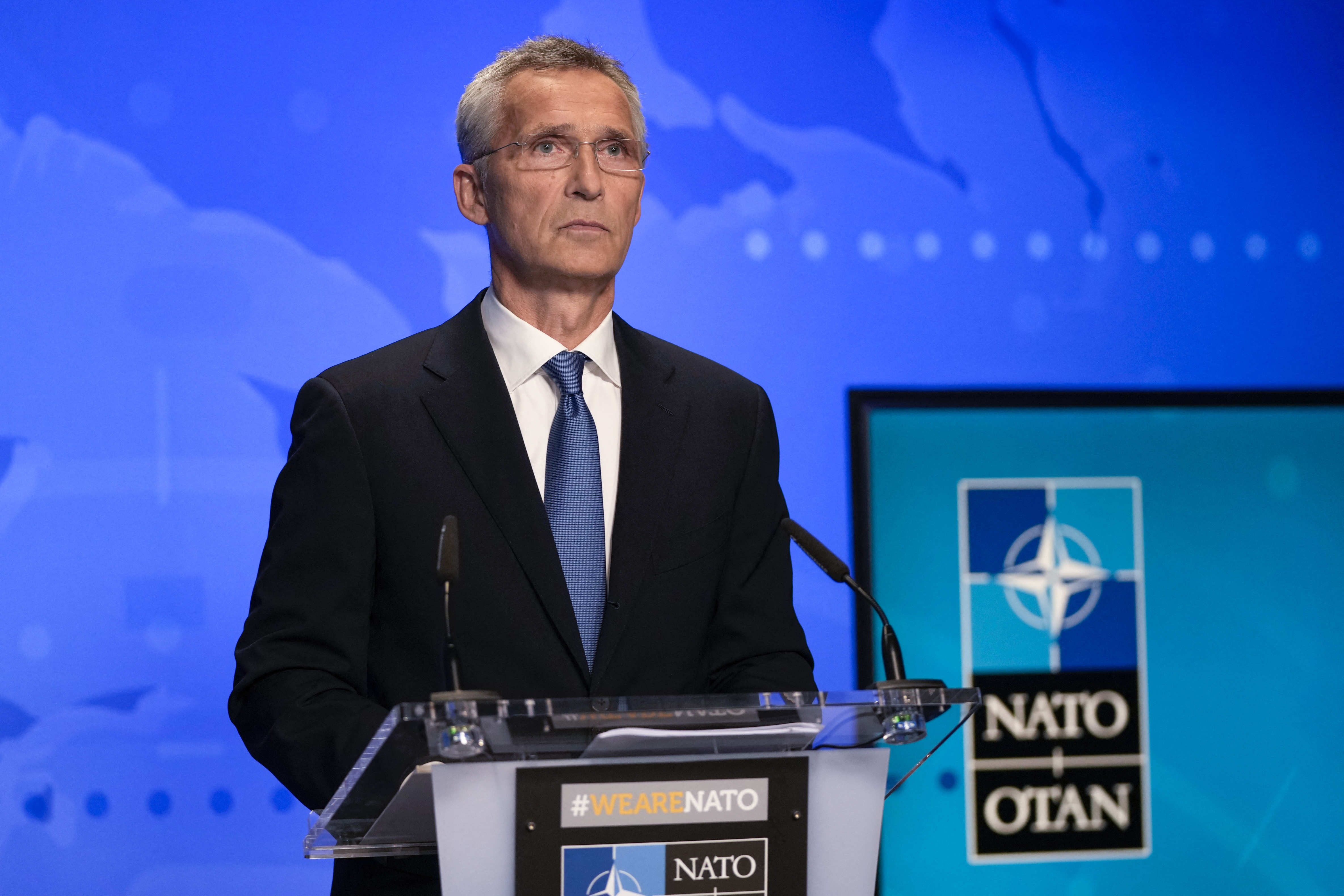Commentary
The NATO Secretary General issued a warning about the China threat, including from Chinese investment in democracies’ critical infrastructure, and called for stronger domestic defenses.
Stoltenberg warned that countering the China threat, along with China’s economically less powerful ally Russia, justifies the continued existence of NATO.
In an Oct. 18 interview with the Financial Times, Stoltenberg indicated NATO’s future pivot from its foci on Russia and terrorism to an increasing focus on the rising threat from China. This pivot mirrors the geostrategic realignment of the United States toward countering Beijing’s increasing territorial aggression, intellectual property theft, and malign economic and political influence globally.
Stoltenberg hinted at a critical element of the threat rarely mentioned by NATO—namely the danger of Beijing’s rising trade- and investment-driven influence among political and economic elites globally, including in developed democracies. He told the Times that while NATO allies were scaling down their activities outside their borders, in a likely reference to Afghanistan, they would “scale up” domestic defensive resilience to better resist external threats.
“China is coming closer to us. … We see them in the Arctic. We see them in cyber space. We see them investing heavily in critical infrastructure in our countries,” Stoltenberg told the Times. “And of course they have more and more high-range weapons that can reach all Nato allied countries. They are building many, many silos for long-range intercontinental missiles,” he said.
U.S. and NATO intelligence agencies were surprised by the Chinese military’s hypersonic nuclear-capable missile test in August. And Beijing failed to make the test fully public when discovered, a necessary warning to citizens for the reorientation of defenses more thoroughly and rapidly toward the East. The hypersonic test was only made public by press reports on Oct. 17, the day before Stoltenberg barely began to reveal the vast depth and breadth of the China threat.
Our political and military leaders should stop waiting until the press forces them to address threats from China. They should instead publicize and rapidly mitigate the world’s biggest threats as they discover them. Democracies only function well when the public is informed.
Yet even now, Stoltenberg denies that China is an “adversary.”
President Joe Biden, likewise, is downplaying the China threat by calling the country a “competitor,” as if we were in a pleasant game of tennis rather than the deadly one of nuclear brinkmanship.
Stoltenberg and Biden should instead admit that the United States and China are entering a new cold war, and that NATO allies must stand together and defend their people to the fullest extent.

Equally regrettable is that American technology contributed to China’s new hypersonic missile. Leading American and European research universities are still educating Chinese nationals in science, technology, engineering, and math (STEM), despite the obvious evidence that Chinese nationals are bringing these technologies home to develop China’s economy and military—both of which are deployed by the Chinese Communist Party (CCP) against freedom and the international rule of law that has kept the world from nuclear war since World War II.
Likewise, American, European, and allied countries are allowing their well-connected business people to make a quick buck by selling technology to China and Hong Kong, knowing that the technologies will make their way to the Chinese military.
Unfortunately, NATO is unacceptably late in acknowledging and mitigating not only the China threat, but U.S. and allied complacency and complicity in the CCP’s crimes, including genocide, and the rise of its military from a peasant army just 70 years ago to one of the world’s most technologically-sophisticated and powerful enemies of democracy today.
NATO should have taken a much more assertive posture over the past decades, as it became clear that China was outpacing the West economically, stealing up to $600 billion in intellectual property annually from the United States alone, and not democratizing in a way that would make its increased power non-threatening to the rest of the world.
Stoltenberg’s hints at mitigating China’s influence operations are at least a step in the right direction, and one that might lessen the risk of continued NATO intelligence and strategy failures. It is China’s leveraging of our own greed, through massive economic influence in Western and allied capitals, that biased our intelligence and strategy so disastrously.
The first step to rectifying our China strategy is therefore blowing away the haze caused by our investments and trade in China. After proceeding down the path of economic decoupling, the fog should begin to lift, we will finally see the China threat clearly, and thus be enabled to effectively defend ourselves, thereby protecting the values of democracy and freedom that we hold so dear.
Views expressed in this article are the opinions of the author and do not necessarily reflect the views of The Epoch Times.
 RSS Feed
RSS Feed















 October 23rd, 2021
October 23rd, 2021  Awake Goy
Awake Goy 
 Posted in
Posted in  Tags:
Tags: 













